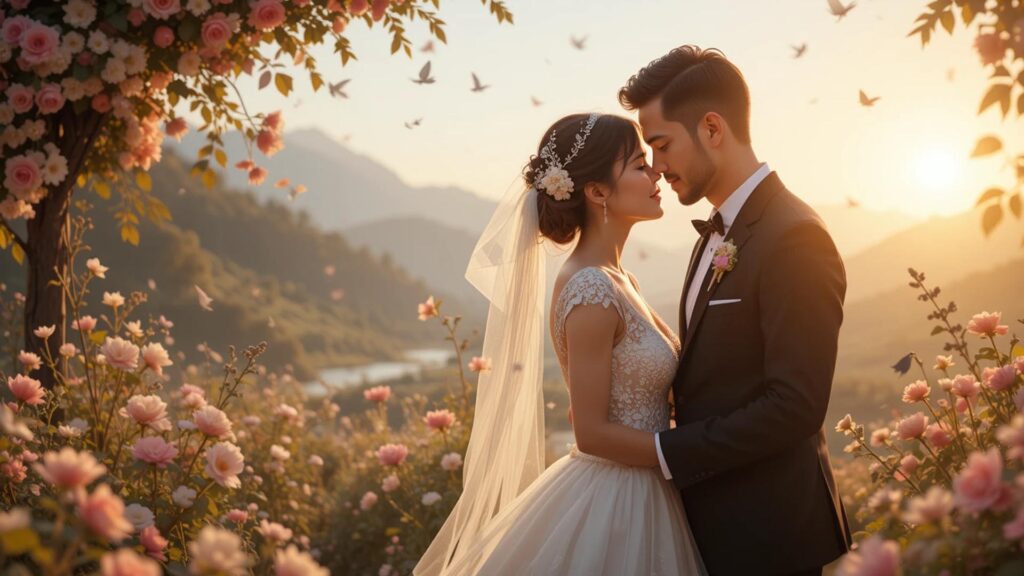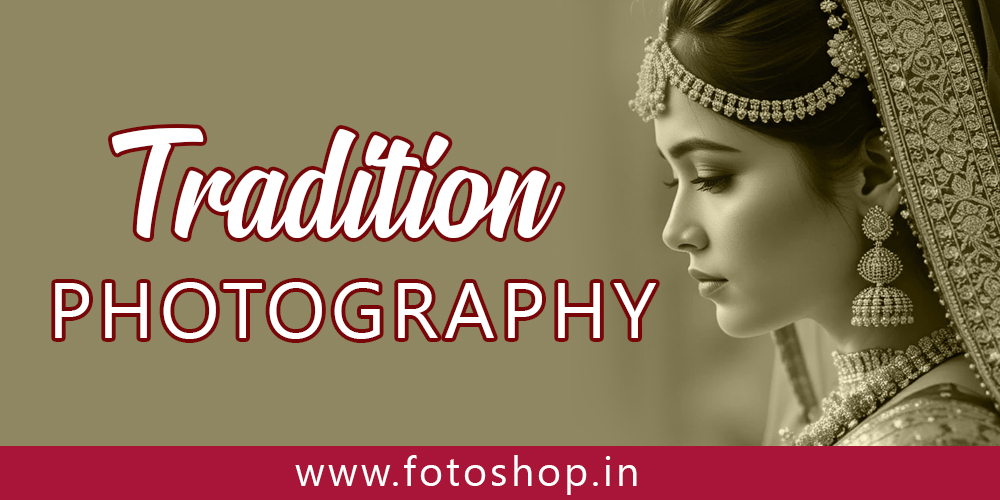When we think about photography, especially in the context of weddings, events, or family portraits, two styles often come to mind — traditional and candid. While candid photography has grown in popularity in recent years, classic photography continues to be a timeless and fundamental form of visual storytelling.
Understanding Traditional Photography
The term “traditional photography” describes a traditional, staged approach to taking pictures. It follows a structured and formal approach where the photographer directs the subjects to pose in specific ways. This method ensures that all key moments and people are documented clearly, often with attention to detail, lighting, and composition.
This style is commonly used in:
- Weddings and receptions
- Religious ceremonies
- Family portraits
- Graduations and school photos
- Corporate events
Key Features of Traditional Photography
Posed Shots
Subjects are usually aware of the camera and are guided into poses by the photographer. This helps capture clean, well-composed, and flattering images.
Full Coverage
Traditional photography ensures that every important moment is covered — from rituals and ceremonies to group photos with family and friends.
Formal Composition
Attention is paid to backgrounds, lighting, and symmetry, ensuring the photos are polished and professional.
Consistent Style
Traditional photos often follow a consistent look and feel, ideal for albums and formal display.

Why Choose Traditional Photography?
While candid and artistic photography tells a story in a spontaneous way, traditional photography is reliable for capturing milestone moments with clarity and grace. It ensures that:
- Every guest is included.
- Important rituals or traditions are documented.
- Portraits are timeless and suitable for framing or printing.
What Are the Advantages of Traditional Photography?
In the current digital era, photography has developed into a wide range of artistic mediums, including documentary and candid photography as well as cinematic narrative. However, traditional photography still has a role, particularly in formal events like weddings and family pictures. But why does this classic style remain so popular?
Let’s explore the key advantages of traditional photography and why it still matters in today’s visual culture.
1. Perfectly Posed Moments
One of the biggest strengths of traditional photography is its focus on posed compositions. The photographer guides subjects to stand or sit in a flattering, well-lit manner, ensuring everyone looks their best. This is ideal for:
- Family group shots
- Couple portraits
- Formal ceremonies and rituals
These posed moments create timeless, elegant photos that never go out of style.
2. Complete Coverage of Key Events
Traditional photographers are trained to capture every important moment, especially in weddings and events. From the ring exchange to the group family photos, nothing is missed. This style ensures:
- No guest is left out
- Rituals and ceremonies are well-documented
- You are given a thorough visual record of the incident.
3. Consistency and Clarity
Traditional photography is methodical, consistent, and pays close attention to backdrop, lighting, and composition. This consistency is especially useful when:
- Creating wedding albums or photo books
- Printing large portraits for framing
- Matching the aesthetic across all images
4. Ideal for Albums and Framing
The classic look of traditional photographs makes them perfect for framing and display. Whether it’s a family portrait on your living room wall or a couple’s photo in a wedding album, these images are meant to last a lifetime.
5. Simplicity That Works for All Ages
Traditional photography appeals to people of all generations. Older family members, in particular, often prefer the posed and polished approach, as it reflects the style they grew up with. It also ensures that everyone is comfortable and camera-ready.
6. Budget-Friendly Option
Compared to some modern cinematic or high-end candid photography styles, traditional photography can often be more cost-effective while still delivering high-quality results.
Frequently Asked Questions
1. What is traditional photography?
Traditional photography is a classic style of photography where subjects are posed and guided by the photographer. It focuses on capturing key moments, group shots, and formal portraits with proper lighting, background, and composition.
2. What are the main advantages of traditional photography?
Some key benefits include:
- Well-composed, polished images
- Complete coverage of important people and rituals
- Ideal for albums and framed portraits
- Poses that highlight your best angles
- Easy for all age groups to participate
3. Can traditional photography be combined with candid photography?
Yes! Many clients today prefer a hybrid package — combining the formal elegance of traditional photos with the emotional depth of candid shots.
4. Is traditional photography suitable for all events?
Absolutely. Whether it’s a wedding, engagement, birthday party, religious event, or professional shoot, traditional photography ensures clean, clear, and memorable photos.

